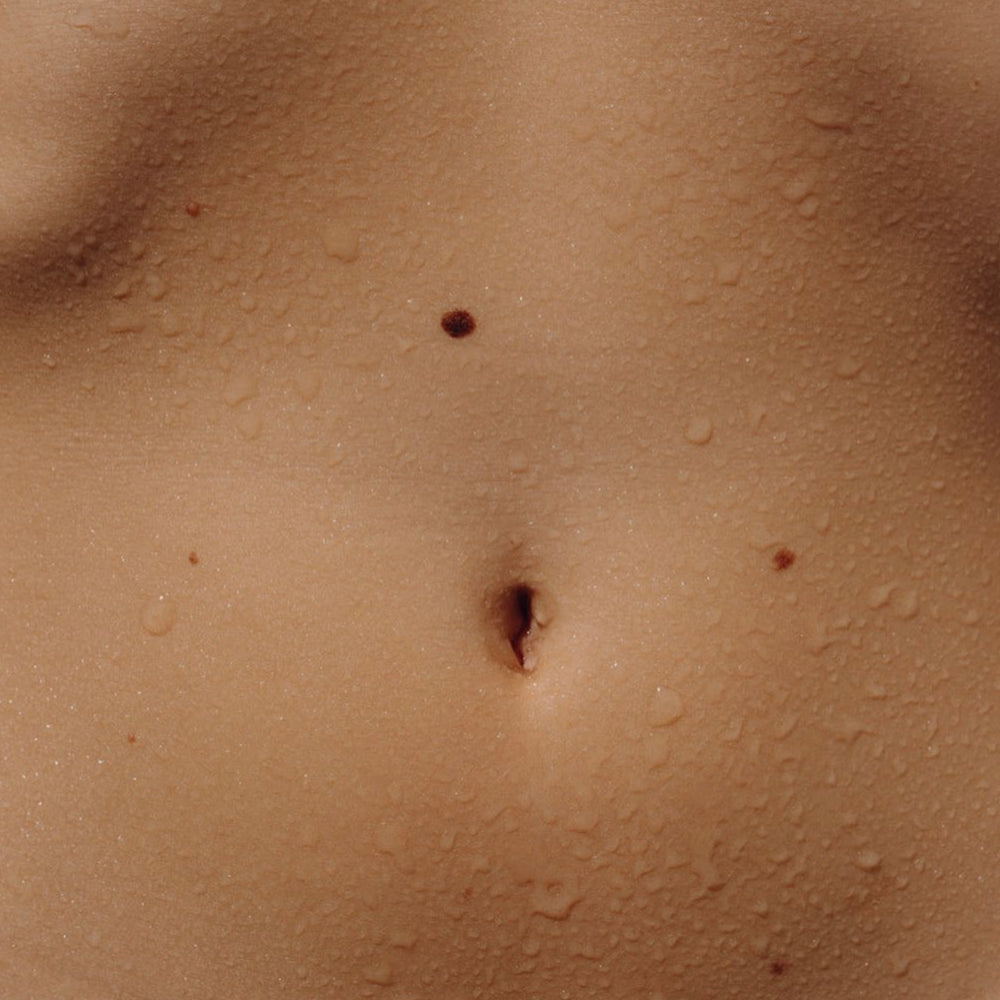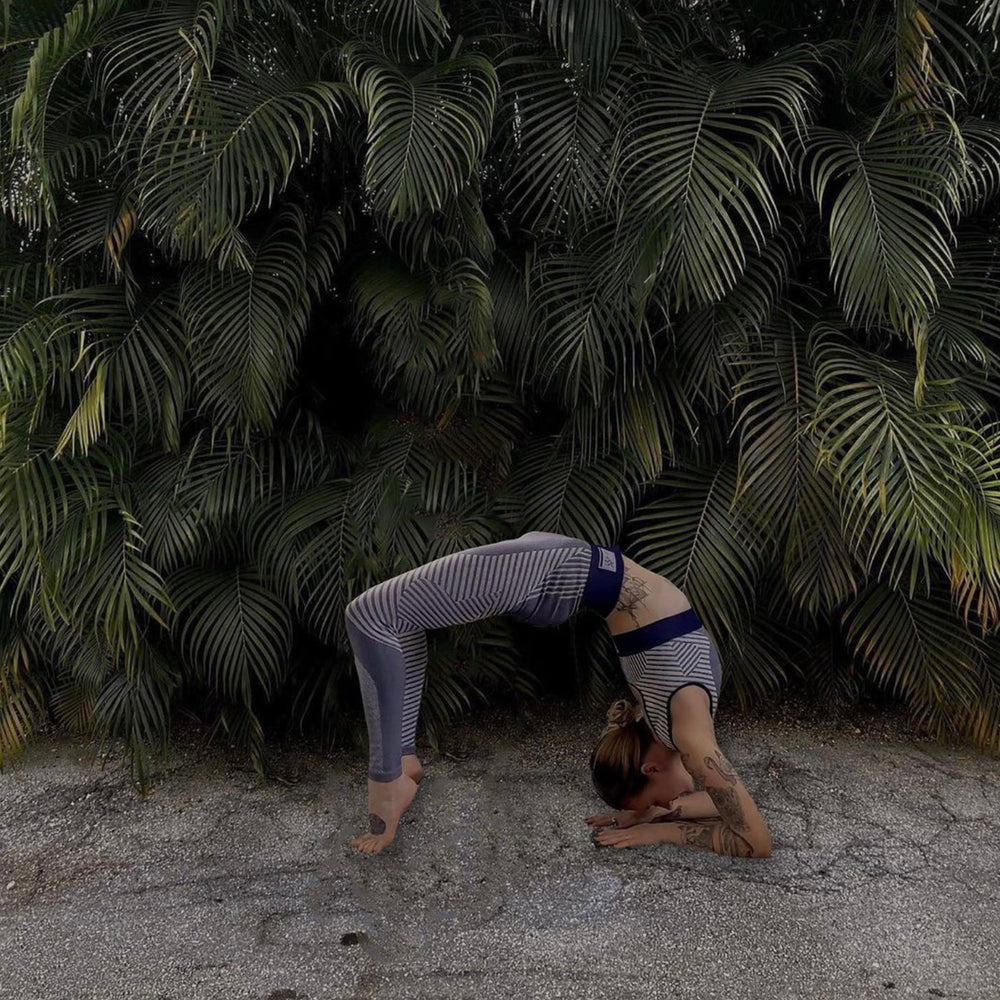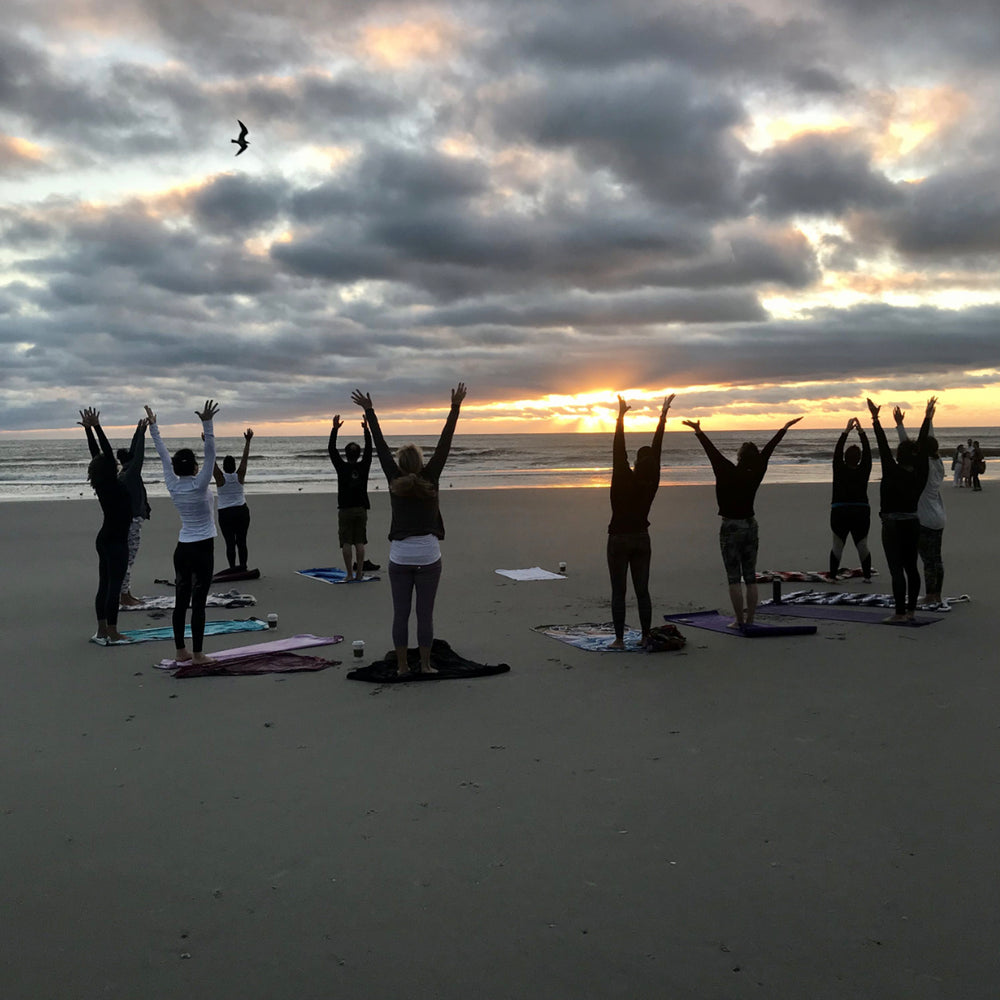 In the pursuit of holistic well-being, many individuals turn to practices like yoga and meditation to nourish the body, mind, and spirit. These ancient traditions have stood the test of time for their profound effects on overall health and inner peace. One intriguing aspect of these practices is their influence on brain waves, including the elusive theta waves. In this article, we'll delve into the world of yoga, wellness, and theta waves to explore the fascinating mind-body connection.
The Science of Brain Waves
Before we dive into the connection between yoga, wellness, and theta waves, let's first understand the basics of brain waves. The brain generates electrical activity that can be measured using an electroencephalogram (EEG). This activity results in various types of brain waves, each associated with different mental states and functions.
Here are the primary brainwave frequencies:
Delta (0.5-4 Hz): Delta waves are slow brainwaves that occur during deep sleep. They are associated with restorative and healing processes in the body.
Theta (4-8 Hz): Theta waves are prevalent during states of deep relaxation, meditation, and light sleep. They are linked to creativity, intuition, and insight.
Alpha (8-12 Hz): Alpha waves are associated with a state of relaxed wakefulness. They are often present during meditation, daydreaming, and light trance.
Beta (12-30 Hz): Beta waves are linked to alertness, active thinking, and problem-solving. They dominate during waking hours.
Gamma (above 30 Hz): Gamma waves are the fastest brainwaves and are associated with high-level cognitive functioning, perception, and insight.
Theta waves, in particular, hold a special place in the world of wellness and meditation due to their connection with deep relaxation, creativity, and spiritual experiences.
Yoga and Meditation: A Path to Theta
Yoga and meditation are ancient practices that have been used for thousands of years to promote physical health, mental clarity, and spiritual awakening. They offer a structured approach to harnessing the potential of theta waves for improved well-being. Here's how yoga and meditation facilitate the journey into the theta state:
Relaxation Response:
Both yoga and meditation induce the relaxation response, a state characterized by reduced stress hormones, lowered blood pressure, and enhanced feelings of calmness. As the body relaxes, the brain begins to shift towards theta waves.
Focused Attention:
Meditation, in particular, involves focused attention on a chosen object, mantra, or breath. This single-pointed focus encourages the brain to enter theta states associated with deep concentration and inner stillness.
Alpha-Theta Crossover:
During meditation and deep relaxation in yoga, the brain often experiences an alpha-theta crossover. This transition involves moving from an alert, waking state (alpha) into the dreamy, subconscious state (theta).
Enhanced Creativity:
Theta waves are linked to enhanced creativity and intuition. Practitioners often report that their most innovative ideas and insights come during meditation or yoga sessions when theta activity is prevalent.
Emotional Healing:
Theta states can facilitate emotional healing and processing. During deep meditation or yoga nidra, unresolved emotions and traumas may surface and be processed in a safe and healing way.
Yoga Practices for Theta Activation
Yoga offers a diverse range of practices that can encourage the activation of theta waves. Here are some yoga practices that can help you access this deep state of relaxation and creativity:
Yoga Nidra:
Yoga Nidra, often referred to as yogic sleep, is a guided meditation practice that induces deep relaxation. It involves systematically relaxing the body and mind, leading to the theta state. Yoga Nidra is known for its profound healing effects.
Meditative Asanas:
Certain yoga asanas (postures) are conducive to meditation and the experience of theta waves. Poses like Lotus Pose (Padmasana), Seated Forward Bend (Paschimottanasana), and Corpse Pose (Savasana) can facilitate the transition into theta.
Pranayama:
Breath control, or pranayama, is an integral part of yoga. Practices like Nadi Shodhana (Alternate Nostril Breathing) and Bhramari (Bee Breath) can calm the mind and lead to theta states.
Chanting and Mantras:
Repeating a mantra or engaging in chanting (japa) can induce a meditative state associated with theta waves. The rhythmic repetition of sound can lull the mind into deep relaxation.
Yoga Philosophy and Self-Reflection:
Exploring yoga philosophy and engaging in self-reflection through journaling or contemplative practices can lead to profound insights, often associated with the theta state.
The Healing Potential of Theta
Theta waves are not only linked to relaxation and creativity but also to potential healing and transformation. In the theta state, the mind may become more receptive to positive suggestions and affirmations, making it a valuable tool for personal growth and healing. Here are some ways in which theta states can promote healing and transformation:
Stress Reduction:
Theta states reduce the production of stress hormones like cortisol, which can lead to a reduction in anxiety and stress-related health issues.
Improved Sleep:
Theta waves are associated with deep sleep and can help individuals struggling with insomnia or sleep disorders achieve more restful sleep.
Enhanced Memory:
Some research suggests that theta waves play a role in memory consolidation. Accessing theta states may improve memory and learning abilities.
Emotional Release:
Theta states can facilitate emotional processing and release. This can be particularly beneficial for those dealing with trauma or unresolved emotions.
Self-Exploration:
The theta state is an ideal state for self-exploration and accessing the subconscious mind. Insights gained during this state can lead to personal growth and transformation.
Theta Waves Beyond Yoga and Meditation
While yoga and meditation are powerful tools for accessing theta states, it's worth noting that theta waves can also be experienced in everyday life under certain conditions:
Creativity and Flow:
Artists, writers, and musicians often report entering a theta-like state when deeply engrossed in their creative work. This state is characterized by effortless flow and heightened creativity.
Dreams and Hypnagogia:
Theta waves are also associated with dreaming and the hypnagogic state—the transitional period between wakefulness and sleep. Lucid dreaming often occurs during this phase.
Mindful Moments:
Moments of deep mindfulness and presence can lead to theta states. These moments can happen during a nature walk, while listening to soothing music, or when engaged in a relaxing hobby.
The Mind-Body Connection
The mind-body connection is a fundamental aspect of yoga and wellness practices. It emphasizes that the health of the mind and body are intricately linked, and one can profoundly influence the other. Accessing theta states through yoga and meditation is a tangible example of how these practices can positively impact both mental and physical health.
As you embark on your journey of yoga and meditation, consider the potential of theta waves to enhance your overall well-being. Whether you seek relaxation, creativity, healing, or personal transformation, the theta state offers a doorway to a deeper understanding of yourself and the world around you. Embrace the mind-body connection and explore the limitless possibilities it holds for your holistic wellness journey.
|











